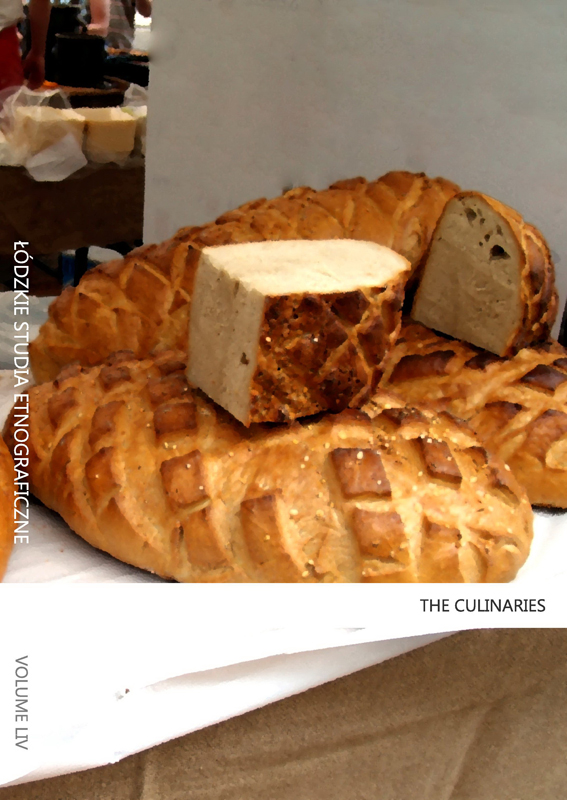Common and Foxtail Millet in Dietetics, Culinary Art and Therapeutic Procedures of the Antiquity and Early Byzantium
DOI:
https://doi.org/10.12775/LSE.2015.54.06Keywords
ancient Byzantium, nutrition, culinary habits, medicine, milletAbstract
Common millet (Panicum miliaceum L.) and foxtail millet, also known as Italian millet (Setaria italica P. Beauv.), are among crop grasses that in the Antiquity and the early Byzantine period were grown on a relatively large scale. Yet although the sources indicate that they were among popular crops, they were neither as widespread not as highly regarded by consumers as wheat and barley. Views pertinent to the dietetic doctrine with regard to those to plants evolved before Galen’s lifetime and were very consistent, considering that they did not change over the period from the 2nd to the 7th century. This doctrine pointed to the less beneficial qualities of both these crop plants in comparison to the most highly values grains used in bread-making, especially to wheat. Also, common and foxtail millet were constantly present in the cuisine of the period in question, both being used as food in the rural areas rather than in cities. They were usually put in boiled dishes, because millet bread was unpopular owing to its brittleness and disagreeable taste. Both common and foxtail millet were included among the fármaka used in the period between the 2nd and 7th century, although they certainly were not as favoured in medicine as wheat and barley. Common millet was more often mentioned in the healing role. Both grains were used in medical procedures as components of healing diets, especially foods helpful in alleviating gastric disorders. Flour ground from common millet was applied as powder, whereas the grain itself found use as a component of warming cataplasms and poultices which usually had a drying quality. In addition, millet to was considered to be an efficacious antidote against poisons.
Downloads
Published
How to Cite
Issue
Section
License
- The authors give the publisher (Polish Ethnological Society) non-exclusive license to use the work in the following fields:
- recording of a Work / subject of a related copyright;
- reproduction (multiplication) Work / subject of a related copyright in print and digital technique (ebook, audiobook);
- marketing of units of reproduced Work / subject of a related copyright;
- introduction of Work / object of related copyright to computer memory;
- dissemination of the work in an electronic version in the formula of open access under the Creative Commons license (CC BY - ND 4.0).
- The authors give the publisher the license free of charge.
- The use of the work by publisher in the above mentioned aspects is not limited in time, quantitatively nor territorially.
Stats
Number of views and downloads: 497
Number of citations: 0



